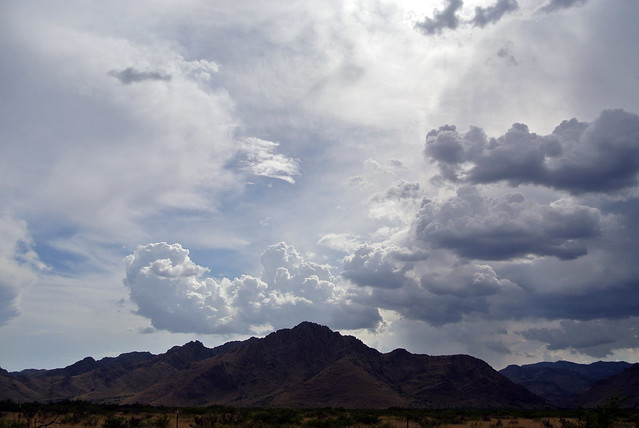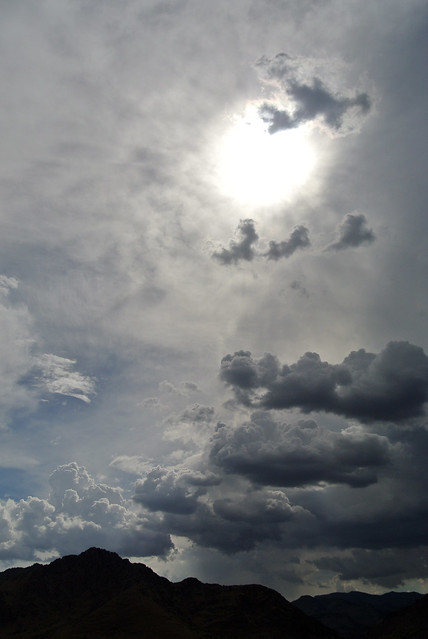Every year, the garden is a little different. This year seemed more different than most. We had a lot of rain (the monsoons are still going, though they seem close to the end), and it didn’t get as hot as usual. I don’t know if this accounted for the change or not, but things grew more slowly than usual.
We had more problems with pests than usual, including a newly developed talent of the rabbits to chew through our expensive insect netting. Brad got good at sewing it up. We had some other invaders, which are making us think about new ideas for next year.
This year’s top-producing crop was cucumbers. We must have harvested close to 150 of them, have given them to everyone we know, and have found some great new ways to use them, including several varieties of cucumber cocktails.
We have also enjoyed lettuce, watermelons, cantaloupe, strawberries, and onions. The tomatoes have been slow but are now really coming in. We’ve made several batches of salsa and tomato sauce and will make several more before the season ends.
Some things are just now ready. This is my first ever success with eggplant (picked today) and chiles. Both were ravaged by bugs early in the season, but then came back and produced.
All in all, it’s been a good year. We’ve had lots of fresh food to eat and share and will have lots put away for the winter.

















